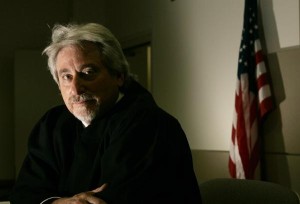Editor’s Note: The CCM will not be updated Monday due to the Labor Day holiday. See you Tuesday!
Writer Steve Bevilacqua is not too happy with the L.A. courts and much prefers the no-frills justice handed out by Judge Judy. In a Huffington Post blog, he first wonders “… is a Hollywood soundstage the best place to find true justice in Los Angeles? Based on my legal experience, both real and televised, the answer is a resounding yes.” Then he writes that “… our court system is in the hands of self-serving clowns who care about nothing more than their own performance record. Looking at history, I suppose this isn’t anything new, but in this age of access and information, maybe it’s time the courts tried a little harder to fulfill their original purpose of setting things right.”
After outlining his ongoing legal battles stemming from getting hit by a car, he adds that “amazingly enough, in one extremely loud afternoon, my fiasco was set right by the modern-day Solomon known as Judge Judy. The actual court system spent months squeezing every technicality in their agonized efforts to send me to prison at the expense of the obvious truth. Judge Judy was direct and ferociously sensible.”
It’s a compelling story, but you wonder if he knows the small claims court in Santa Monica, which was the basis for all those People’s Court shows, actually just closed?
